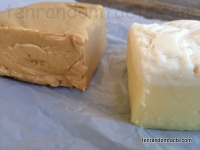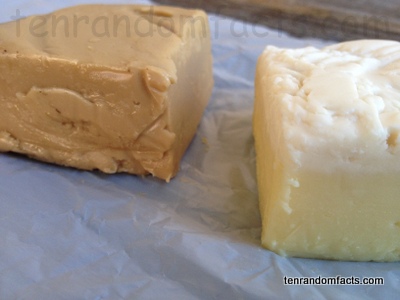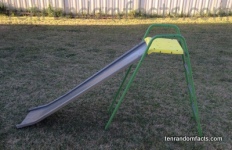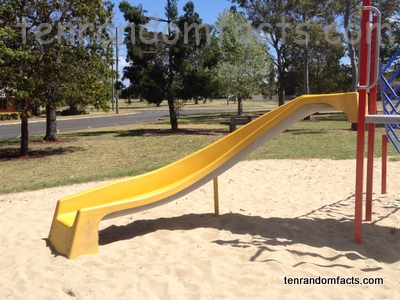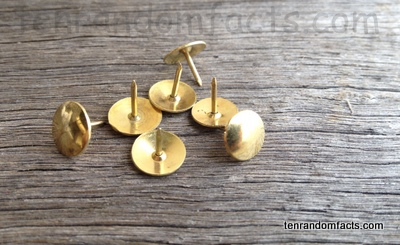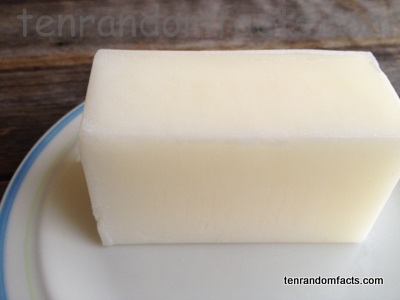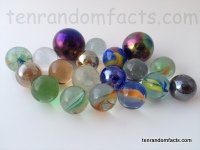
Flick the marble down the hill.
- Marbles are small ball-shaped toys that have a diameter averaging 1.3 to 2.5 centimetres (0.5 to 1 inch), but they can be as big as 7.6 centimetres (3 inches) and as small as 0.1 of a centimetre (0.03 of an inch).
- Marbles are most commonly made of glass, although steel, ceramic, plastic or clay is sometimes used.
- Marbles are often used to play games of the same name, with various rules that usually involve rolling or tossing one at a group of others, often to push them out of a boundary.
- Marbles were invented thousands of years ago, and were a popular item in Ancient Egypt and Rome.
- Marbles became commercially viable in the 1800s, particularly later in the century, after American Samuel Dyke and others started mass producing them, as the toy was previously individually handmade.
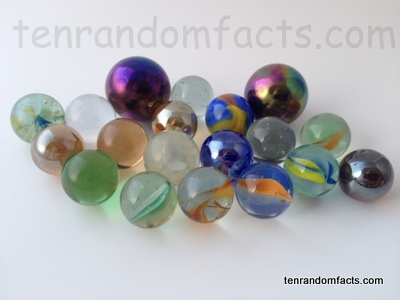
- The British and World Marbles Championships has occurred annually in England’s West Sussex, in Europe since 1932, and other competitions are held around the world, including the United States, and Australia.
- Marbles typically contain brightly coloured patterns including swirls, although solid colours, clear ones, and others with imagery are also available.
- Marbles are often collected, due to the variety and value of some, and very rare specimens can sell for up to $10,000, although the value of more common examples can be halved if any defects such as chips or cracks are present.
- Marbles are often made by melting recycled glass, that is then cut into even portions and dropped onto moving rollers that allow the malleable glass to form balls as they cool.
- Marbles, said to be named due to the stone that they were manufactured from in the past, have been historically made of clay, and they were also produced using glass or stone.
Bibliography:
A Brief History of the Birth of the Modern American Toy Industry in Akron, Ohio, 2008, American Toy Marble Museum, http://www.americantoymarbles.com/akronhist.htm
History of Marbles, 2012, Oh Marbles!, http://www.imarbles.com/historyofmarbles.php
Marble (Toy), 2014, Wikipedia, http://en.wikipedia.org/wiki/Marble_(toy)







